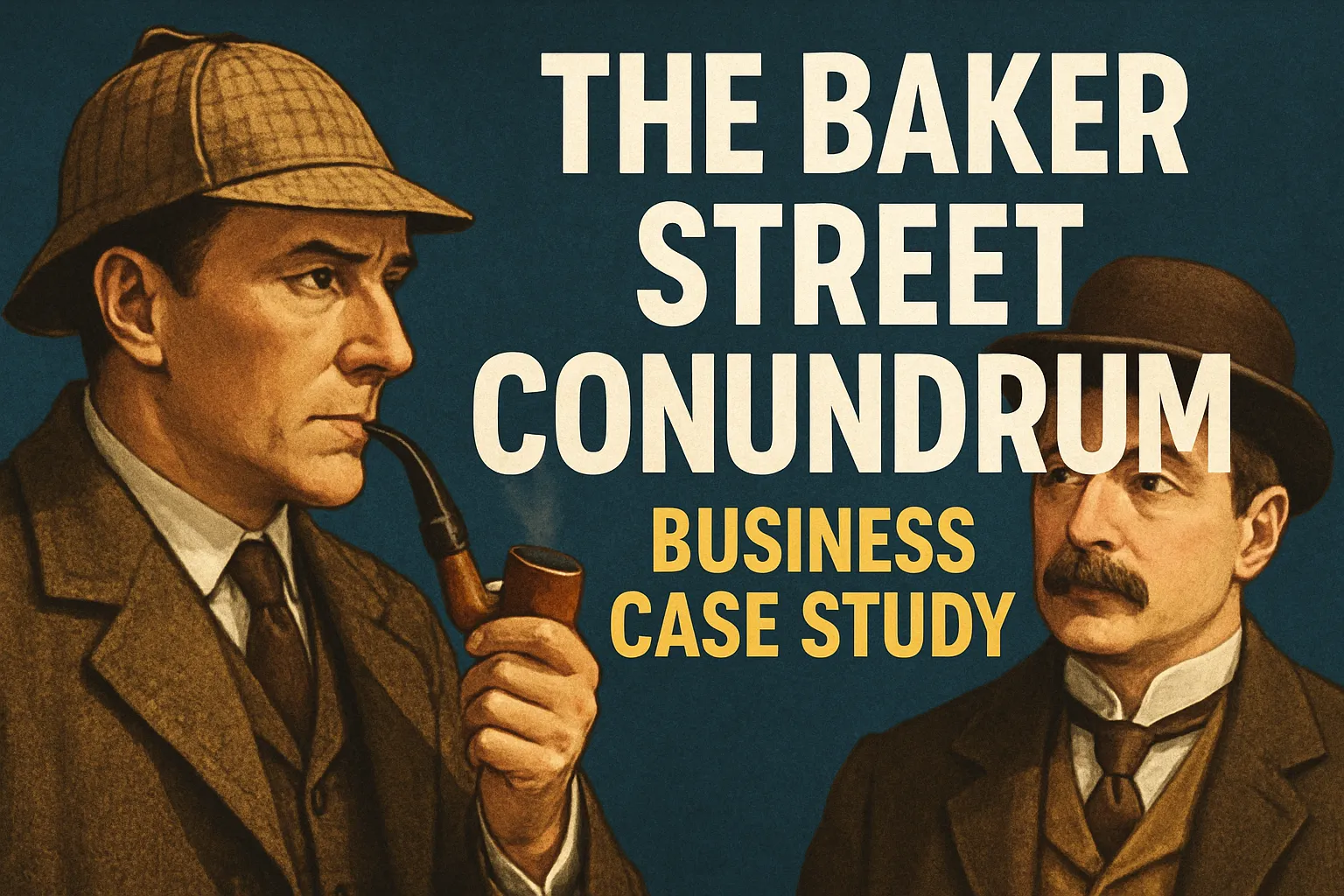 Case Studies Club
Where Strategic Minds Meet
Case Help
Case Studies Club
Where Strategic Minds Meet
Case Help
The Great Paper Shortage - Corporate Babysitting Meets Middle Management Genius
When a simple problem becomes a profound testament to organizational dysfunction
The Scranton branch of Dunder Mifflin is navigating a minor paper shortage that has become a full-blown crisis due to management's bizarre approach to problem-solving, with four competing proposals ranging from financially ruinous theatrics to academic lectures. This manufactured emergency highlights a critical need for corporate intervention to prevent the branch's unique brand of chaos from permanently damaging key customer relationships and the company's reputation.
Core Themes:
Turn Business Challenges Into Strategic Wins
Browse our Insights Marketplace for frameworks and tools that drive results
Explore MarketplaceOverview
The Scranton branch of Dunder Mifflin Paper Company has managed to transform a routine three-day supply delay into what can only be described as a masterclass in organizational dysfunction. What should have been a simple "call the backup supplier" situation has somehow evolved into four competing manifestos on crisis management philosophy, each more bizarre than the last. Corporate now faces the unenviable task of choosing between solutions that range from financially ruinous to completely detached from reality, all while the clock ticks toward Friday deadlines and three major customers wonder why their paper supplier has apparently lost their collective minds.
The stakes would be straightforward if this were a normal company: preserve customer relationships, minimize costs, get back to business. But this is Dunder Mifflin Scranton, where a paper shortage becomes an opportunity for one employee to propose a cross-state shopping spree, another to deliver lectures on supply chain ethics, and a third to create spreadsheets that would make NASA jealous. Corporate's real challenge isn't just managing a inventory crisis—it's preventing four middle managers from turning a solvable problem into a cautionary tale about why some people shouldn't be allowed to make decisions without adult supervision.
Backstory
Dunder Mifflin's Scranton branch has spent fifteen years proving that you can run a successful paper distributorship through sheer force of personality, questionable decision-making, and what can generously be called "creative" management techniques. Under Regional Manager Michael Scott's leadership—and here we use the term "leadership" in its most abstract sense—the branch has maintained $2.8 million in annual revenue through a combination of aggressive relationship building, competitive pricing that occasionally ventures into charity territory, and an uncanny ability to succeed despite themselves.
The current crisis began on what sh...
🔓 Unlock This Case Study
Access full cases, analysis, recommendations, and community insights


